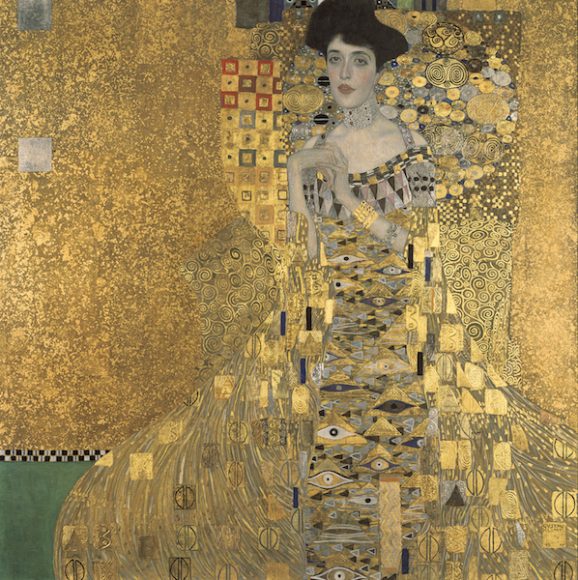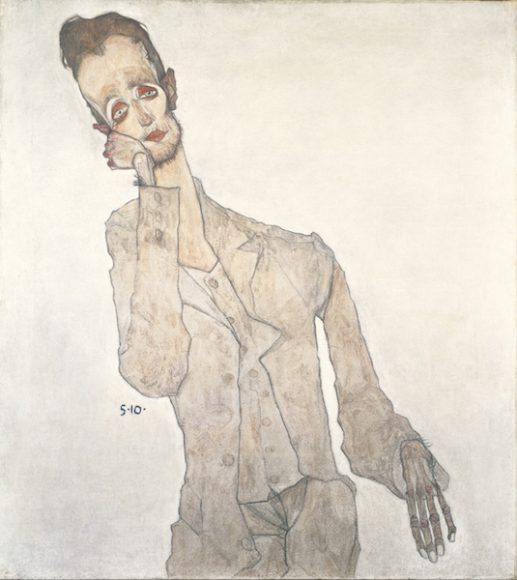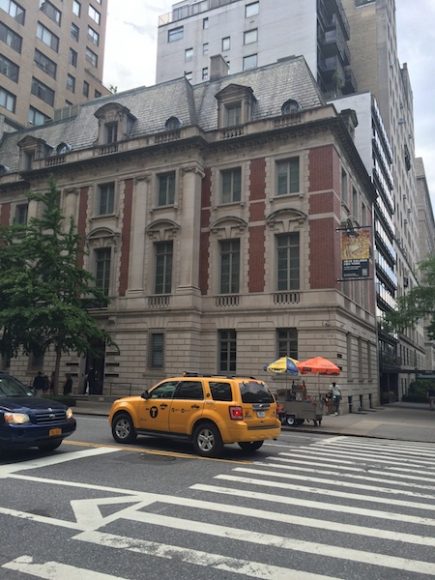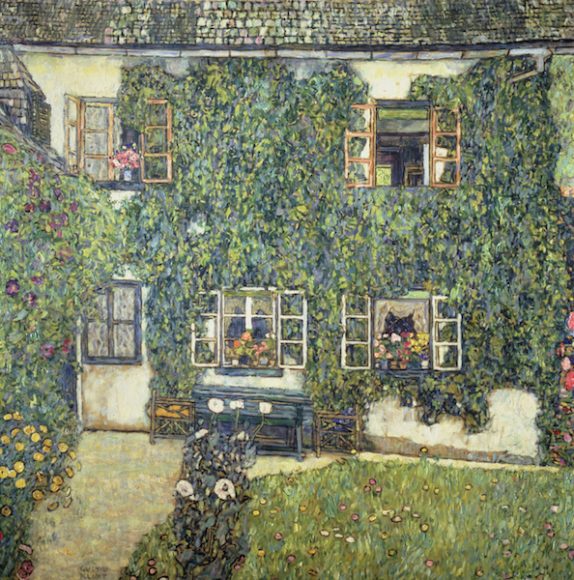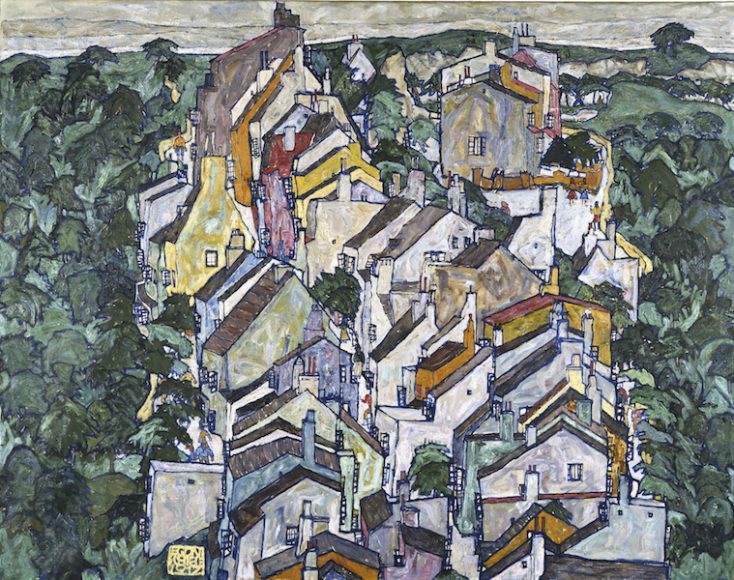There’s a certain elegance to the Neue Galerie New York, housed in a stately Upper East Side mansion completed in 1914 by architects Carrère & Hastings.
The museum, dedicated to German and Austrian art, is a place where every visit resembles a sophisticated trip back in time.
When we realized we hadn’t made that journey since late last year – touring “Wiener Werkstätte 1903-1932: The Luxury of Beauty” for a story that appeared in our December 2017 issue – we knew a return visit was long overdue.
So, we headed down this past week to catch the new exhibition, “Gustav Klimt and Egon Schiele: 1918 Centenary.”
The exhibition, as billed, “marks the 100th anniversary of the passing of two of the greatest Austrian artists of the 20th century.”
And, it turns out as press materials explain, that while Klimt (1862-1918) and Schiele (1890-1918) were born nearly 30 years apart, both died in 1918, the same year that the Austro-Hungarian Empire ceased to exist following its defeat in World War I. “Over the intervening century, the works of Klimt and Schiele have come to define the fertile creativity that marked the so-called ‘joyous apocalypse,’ a term used to connote the waning days of Habsburg rule. This show pays tribute to the groundbreaking achievements of Klimt and Schiele, two masterful artists who are key figures in the collection of the Neue Galerie New York.”
Some works are definitely familiar, others perhaps less so, but all command your attention.
The gallery points to masterworks by Klimt, including “Portrait of Adele Bloch-Bauer I”
(1907), the iconic work that reached even greater fame through the 2015 film “Woman in Gold.” Other Klimt works on display include “The Black Feathered Hat” (1910), “Park at Kammer Castle” (1909), “Forester’s House in Weissenbach II (Garden)” (1914) and “The Dancer” (1916-17).
Masterworks by Schiele include “Portrait of the Painter Karl Zakovšek” (1910), “Self-Portrait with Arm Twisted above Head” (1910), “Friendship” (1913), “Man and Woman I (Lovers I)” (1914), and “Town among Greenery (The Old City III)” (1917).
A gallery filled with the artists’ drawings and a collection of letters, photographs and other personal effects is equally intriguing, adding a true depth to the show.
“Gustav Klimt and Egon Schiele: 1918 Centenary” continues through Sept. 3, as does “Highlights of German Art from the Collection,” which fills the third-floor galleries with thought-provoking work primarily from 1890 through 1940.
Over the years, we have come to feel that any visit to the Neue isn’t complete without a pastry in either of its cafés – or indeed, a stop in both its Book Store and Design Shop.
Let’s just say this most recent visit was certainly complete – and as memorable as always.
Neue Galerie New York is at 1048 Fifth Ave.
For more, visit neuegalerie.org.
– Mary Shustack

